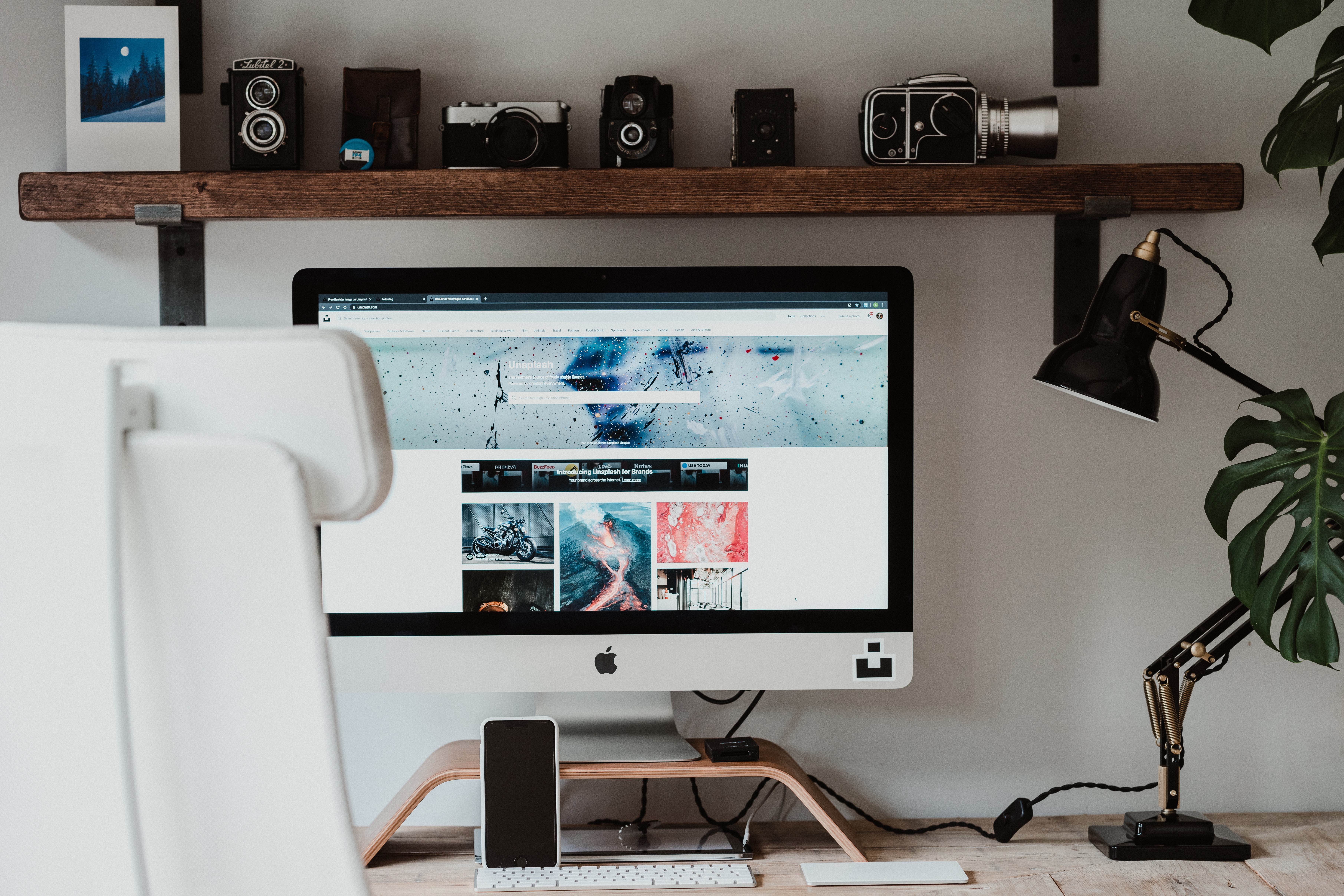

We live in strange and unprecedented times. As the battle against an unseen enemy wages on across the world, many are now working and learning from home. For those who are video editors, VFX artists and graphic designers, we offer some good tips for staying productive.
The Cloud
No doubt you have heard about 'the cloud,' and how it's changed everything, from online storage (Dropbox), to fitness apps, financial software, even thermostats and home security. The cloud can also keep you and your team connected, even if you're working miles away from each other and live in different Countries.
Computer and Workspace
Ensure you have a powerful enough computer and portable drives, in the event you can't bring your work computer home. Plus, you'll need a fast internet connection if you'll be uploading and downloading video and image files.
It's ideal that your workspace is in a spot that is quiet, and you won't be bothered. This can be a little difficult if your significant other, kids, or roommates are also working from home. This is the best time for everyone to respect each others' privacy when it comes to working and if your lucky being left alone.

Home office inspiration anyone?
If you are able to work from your office computer and software, not much will need to change, other than making sure there is high speed internet and plenty of coffee.
Apps and Services Necessary for Editing Video Remotely
- Having a cloud-based network is going to be the best move you can make, whether you're cutting solo or working with a team.
a. Frame.io has become a real industry standard, offering a secure way to collaborate in the cloud, review dailies, compare cuts, go over notes, and get client approval faster. While your team edits a project, the project manager and client can view works-in-progress and make notations on what to change.
b. Alternatives to Frame.io you could consider are Wipster, Filestage, Vimeo and QuickReviewer.
c. For Avid Media Composer editors, DejaEdit is offering a 50% discount on licenses for remote workers, and centralizes projects. This will allow Avid editors to securely work on the same project, which is kept up-to-date. This includes edits, transitions, filters, correction, and more, no matter who is working on the project. - What if you're using an NLE system that's different from work, such as DaVinci Resolve or Final Cut Pro X at home, and Premiere Pro, Avid Media Composer or EditShare at work? The absolute best solution is to get a shortened license for the software you use at work, such as 3 months. The other solution is to import XML files or EDLs (edit decision lists) and continue working on the project. There are also apps that can convert files, like CCtoX from Intelligent Assistance, but when it comes to filters, transitions, etc., it's best to continue working within the same NLE system if you are collaborating with other editors.
- Premiere Pro Productions is part of an overall Premiere Pro CC update, which allows the editing of multiple projects at once. It also adds the ability to collaborate with other editors, VFX artists, etc., via shared or local storage. So editors working from home can access the same project and work, perhaps one editing, someone else colour grading, the sound designer handling effects and mixing, and more.
- DejaSoft, which is currently at 50% off for a license, is great for a team of editors working remotely using Avid Media Composer, Avid NEXIS and EditShare.
- Another great service is MASV, which helps quickly securely move large files, including video, audio, graphics, and more. This isn't just a couple gigabytes of files, which you could use just about any service, like Dropbox, iCloud and WeTransfer. MASV is for moving huge amounts of data - think 100 GB and more. The company uses 150+ dedicated servers, located worldwide, to help move all those files as fast and secure as possible. The UI is easy to use, and you can even track the delivery.
Other Tips
Try sticking to your routines as best as you can, and you will be creating some new ones. Wake up at the same time as you would if you were heading to the office. Do all your rituals you normally do in the morning - exercise, breakfast, shower - and dress in something comfortable and presentable, but not pajamas! Then, 'head to work' at your special workspace.
If you're using video chat services, like Zoom or Skype, ensure the end-to-end encryption settings are on. Don't publicly share Zoom links - this could lead to 'Zoom trolls' or worse a family member joining calls with your team or clients.
Take breaks when you can, including a 5 to 10 minute breather (such as walking your dog) and lunch. Working from home can sometimes lead to much longer hours without breaks. Remember how important rest and quick breaks are to help your mind, body and soul.
Even as we navigate these difficult times, you'll still be able to continue editing your video remotely. Make sure you stick to your routines, take breaks, have a quiet space, utilise a quality system with high speed internet, and try to edit on the same software that's on your office computers. With apps and services, you'll be able to continue collaborating with others online, and sharing videos with clients and producers for final approval or changes. And above all Stay safe!
Have tips and tricks for working at home? Let us know in the comments.



Comments